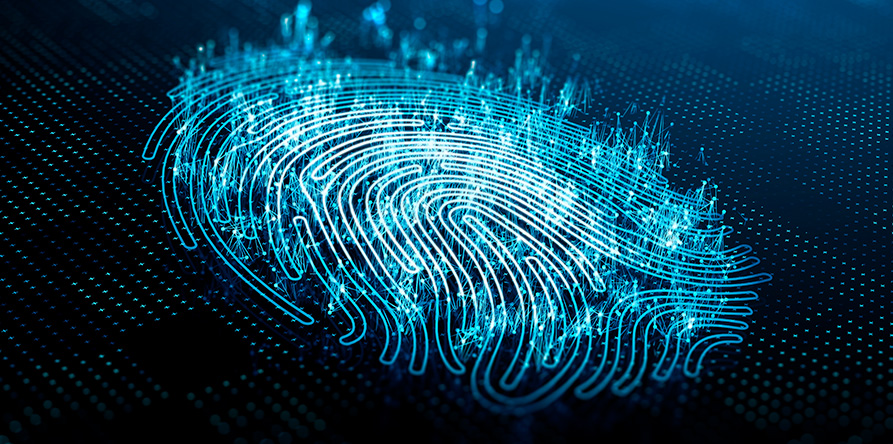Avoid calls from unknown numbers and only disclose information when you can confidently verify the caller.
For accredited investors only
This website is intended for use by Accredited investors (as such term is defined in the Securities Act (Ontario) or National Instrument 45-106 - Prospectus Exemptions, as applicable) resident in, or otherwise subject to the securities laws of, any province or territory of Canada, or pursuant to such other exemptions from the prospectus requirements under applicable securities legislation.
Examples of who qualifies as an accredited investor:
- an individual who, either alone or with a spouse, beneficially owns financial assets having an aggregate realizable value that, before taxes but net of any related liabilities, exceeds $1,000,000;
- an individual who beneficially owns financial assets having an aggregate realizable value that, before taxes but net of any related liabilities, exceeds $5,000,000;
- an individual whose net income before taxes exceeded $200,000 in each of the two most recent calendar years or whose net income before taxes combined with that of a spouse exceeded $300,000 in each of the two most recent calendar years and who, in either case, reasonably expects to exceed that net income level in the current calendar year;
- an individual who, either alone or with a spouse, has net assets of at least $5,000,000;
- a person (other than an individual or investment fund) that has net assets of at least $5,000,000 as shown on its most recently prepared financial statements provided that such person has not been created solely to purchase or hold the Units being purchased; and
- a person acting on behalf of a full managed account managed by that person, if that person is registered or authorized to carry on business as an adviser or the equivalent under the securities legislation of a province or territory of Canada or a foreign jurisdiction.
"Financial assets" generally means cash and securities and "related liabilities" means liabilities incurred or assumed for the purpose of financing the acquisition or ownership of financial assets, or liabilities that are secured by financial assets.
This website is not intended to constitute an offer of units of Fidelity Alternative Real Estate Trust (the "Fund"). The information contained herein is qualified in its entirety by reference to the Offering Memorandum ("OM") of the Fund. The material available on this website is published for informational purposes only. It does not constitute a solicitation of an offer to buy or an offer to sell securities, nor should the information be relied upon as investment advice. Units of the Fund are generally only available to Accredited Investors (as described above). The OM contains information about the investment objectives and terms and conditions of an investment in the Fund (including fees) and also contains tax information and risk disclosures that are important to any investment decision regarding the Fund.


Deepfakes are artificial intelligence (AI) generated media which has been swapped or digitally altered to imitate individuals or recreate events that never occurred.
Learn more about the most commonly-used deepfake scams

Audio deepfakes
Audio deepfakes are realistic AI voice impersonations of individuals that make fictional claims appear legitimate. Fraudsters can use this technology to spread misinformation or conduct targeted phishing campaigns.
What to look out for
What to know about your transactions with Fidelity Canada

Video and image deepfakes
Video and image deepfakes are fake photos and videos of individuals in which faces and voices have been digitally manipulated using AI technology.
What to look out for
What to know about your transactions with Fidelity Canada

Text deepfakes
AI engines can mimic human writing composition to produce convincing text such as articles, social media posts and emails that appear to come from an individual or business.
What to look out for
What to know about your transactions with Fidelity Canada
Additional resources
If you suspect your personal information is at risk, please refer to the government resources below for more information.
Canada's Credit Bureaus:
TransUnion Fraud Victim Assistance Department
1-800-663-9980 (EN)
1-877-713-3393 (FR)
Equifax Consumer Fraud Division
1-866-828-5961(EN- option 2)
1-800-465-7166 (FR- option 3)
Footnotes
Understanding The Different Types of Generative AI Deepfake Attacks, iproov.com
What are the different types of deepfakes and how you can spot them?, businesstoday.in
What is Deepfake Technology and How Are Threat Actors Using It?, flashpoint.io
Deepfake Voice—Everything You Should Know in 2023, veritonevoice.com
Positive Use Cases of Synthetic Media (aka Deepfakes), towardsdatascience.com


